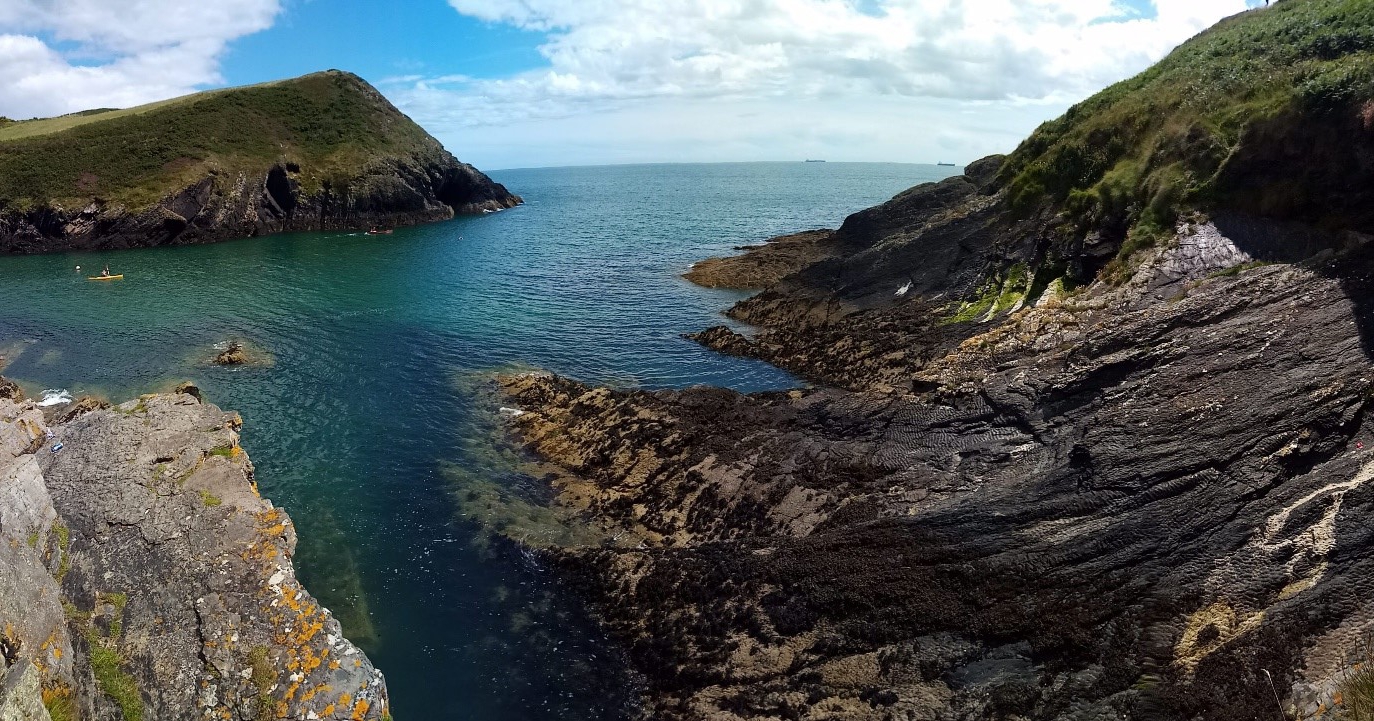Starting a PhD is funny time. If you’re anything like me, then you are hugely passionate about a very specific topic, that for many might seem strange or obscure. You’re ready to take a deep dive on it for the next 4 years, to hunt out new insights about how the world we live in really works, to lay your stamp on a new discovery – even if it’s only a small contribution! You have a set out a “long-term” plan or at least know your general direction (hopefully). Then the calendar flips to March 2020, and “poof” your plans drift away like a fresh spring breeze. Where we now stand, spring has turned to summer, and summer to autumn, and it is safe to say the world is waiting with bated breath for 2021 to come around already!
I’ve been working on and around corals for years – even if I didn’t know it. Just before my PhD, my master’s project aimed to investigate links between hotel sewage pollution and the health status of tropical coral reefs in the South China Sea. Before that it was an attempt to understand food-supply mechanisms that allow Irish corals to not only survive, but to thrive in the deep-sea to the west. And even before that, my teen years were spent surfing the limestones reefs up and down the Atlantic coastline of Ireland, reefs formed by prehistoric corals millions of years ago!
The rude arrival of novel coronavirus 2019 really threw a spanner in the works of my PhD though. It forced my investigations on coral to turn digital, at least for now. In March, as one after another logistical arrangement (and rearrangement) fell through, we finally had to accept that the upcoming plans to work on coral restoration and assisted evolution in the tropical western Pacific were finished. It was now time to batten down the hatches as the world transformed from socialite to recluse. But during the long weeks to follow I was captivated and engaged by long and winding discussions with the CoralAssist Lab about corals and coral reefs, about the threats they are facing globally due to climate change, what we can do to support their resilience, and what the ultimate causes of coral bleaching really are.
Following these discussions, my new-found digital investigations led me to a new world of the quantitative, the source code, the models and the mechanisms that run our current predictions of coral bleaching across the word. For me, this time has allowed me to upskill in various coding languages and data analysis techniques, to run simulations and parameterisations, or estimations and complex equations, and to use “the Rocket”, a Newcastle University high-performance super-computing cluster. It has revealed new insights for me into how we can best model complex ecosystems to understand their threats, their resilience, and their future. But saying that, I am really looking forward to being back underwater again!
Unfortunately, our one global ocean is under immense and ever-growing pressure. Technology and innovation have the power to let us understand and predict our ocean in a detail that was never before thought possible, with ambitious new plans like the “digital twins” of the Ocean and Earth. This technosphere represents a key that can unlock the door to a green sustainable future for us and our ocean. But a key is only useful if we decide to turn it, and similarly, a green, sustainable future is only possible if we choose to build it.

A green Roberts’ Cove during the COVID-19 pandemic, County Cork, Ireland
Personal Blog by EMB Young Ambassador, Liam Lachs, October 2020